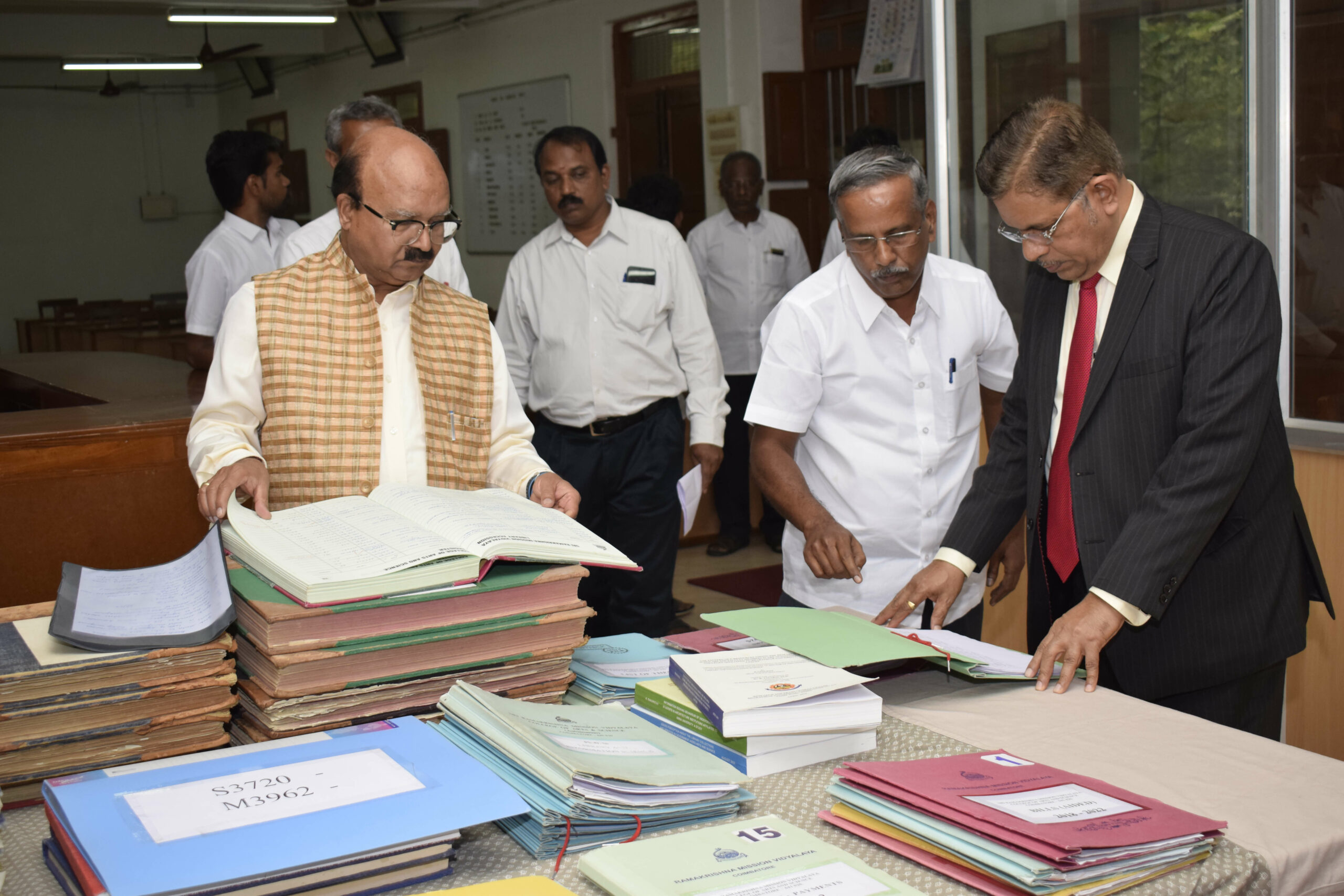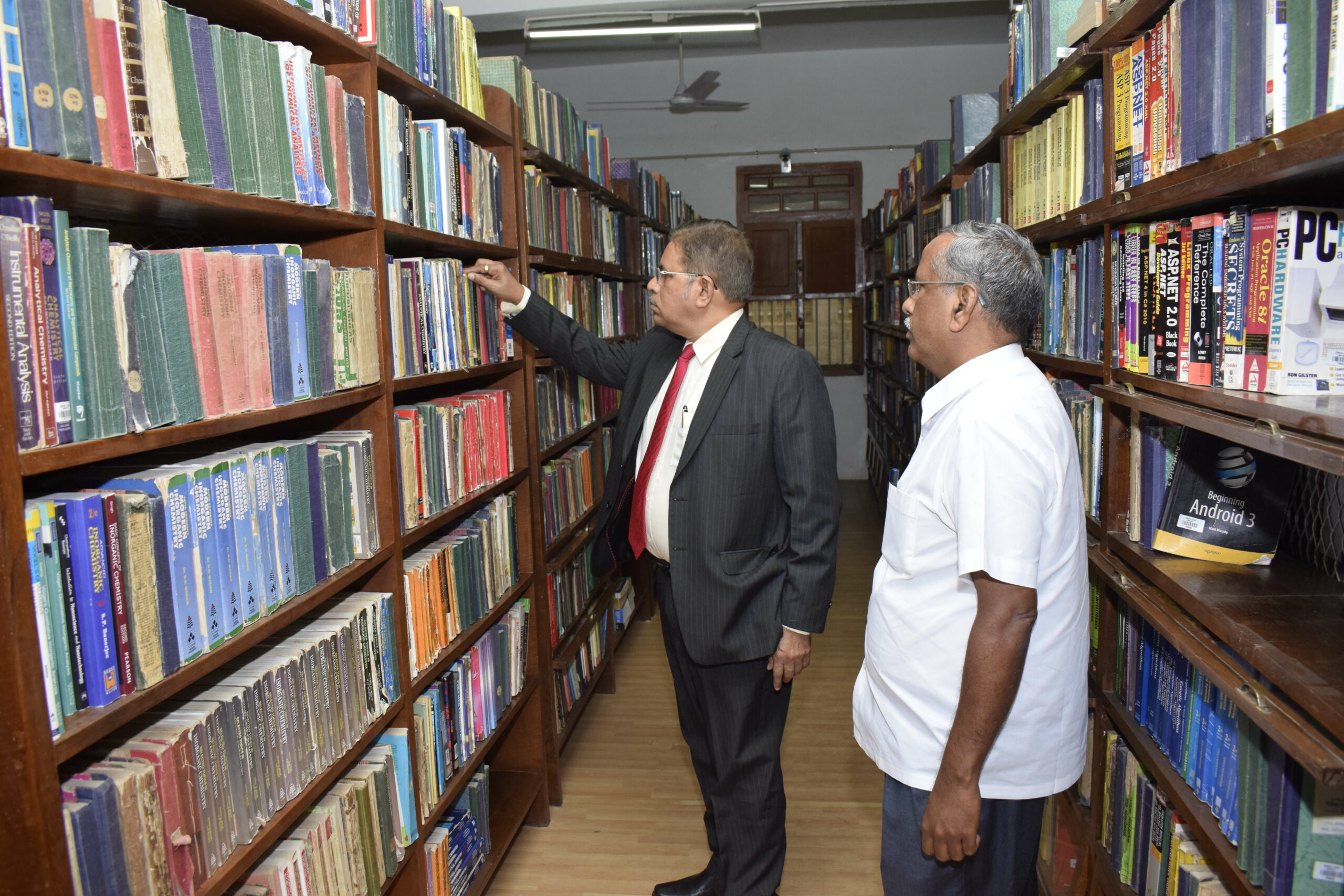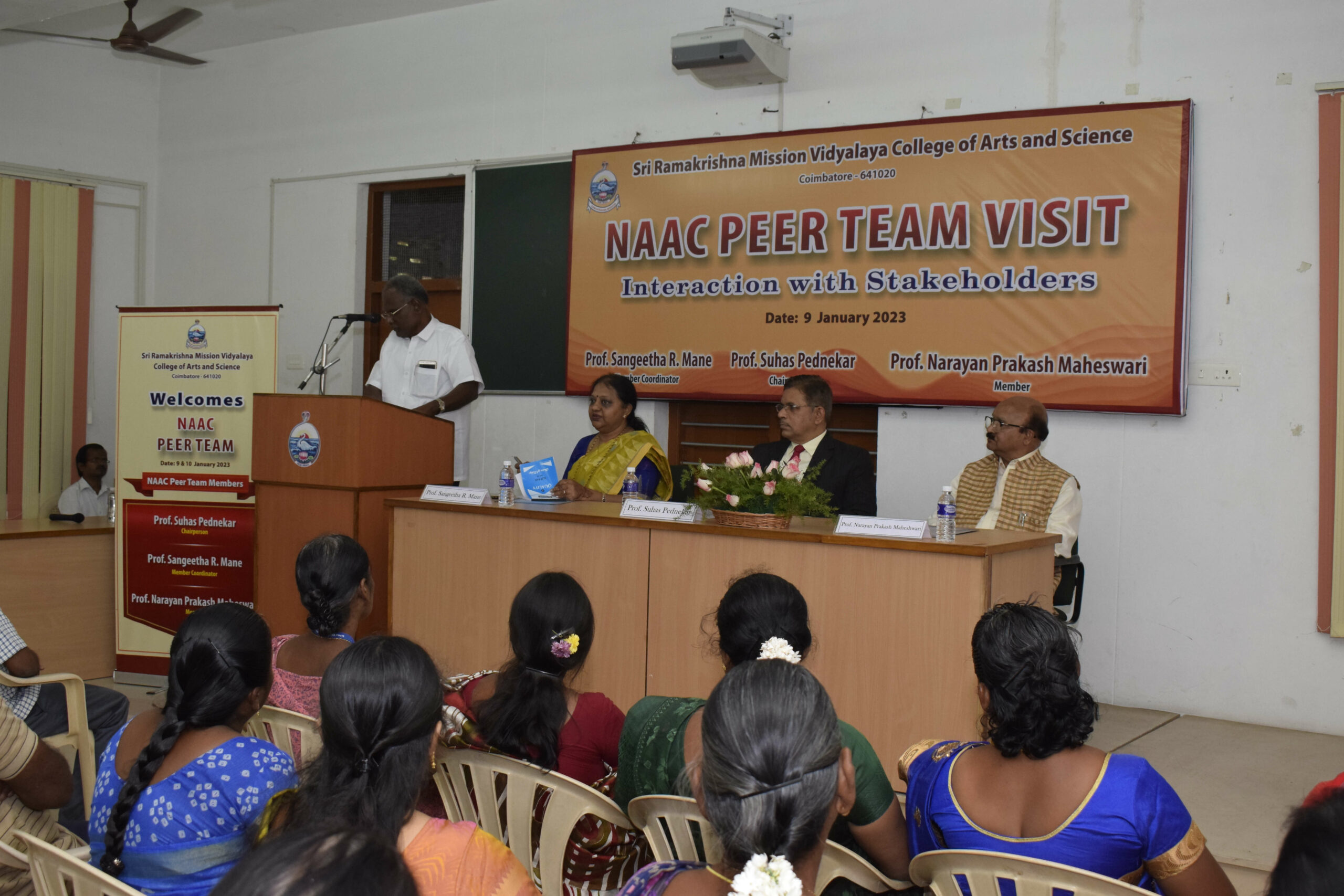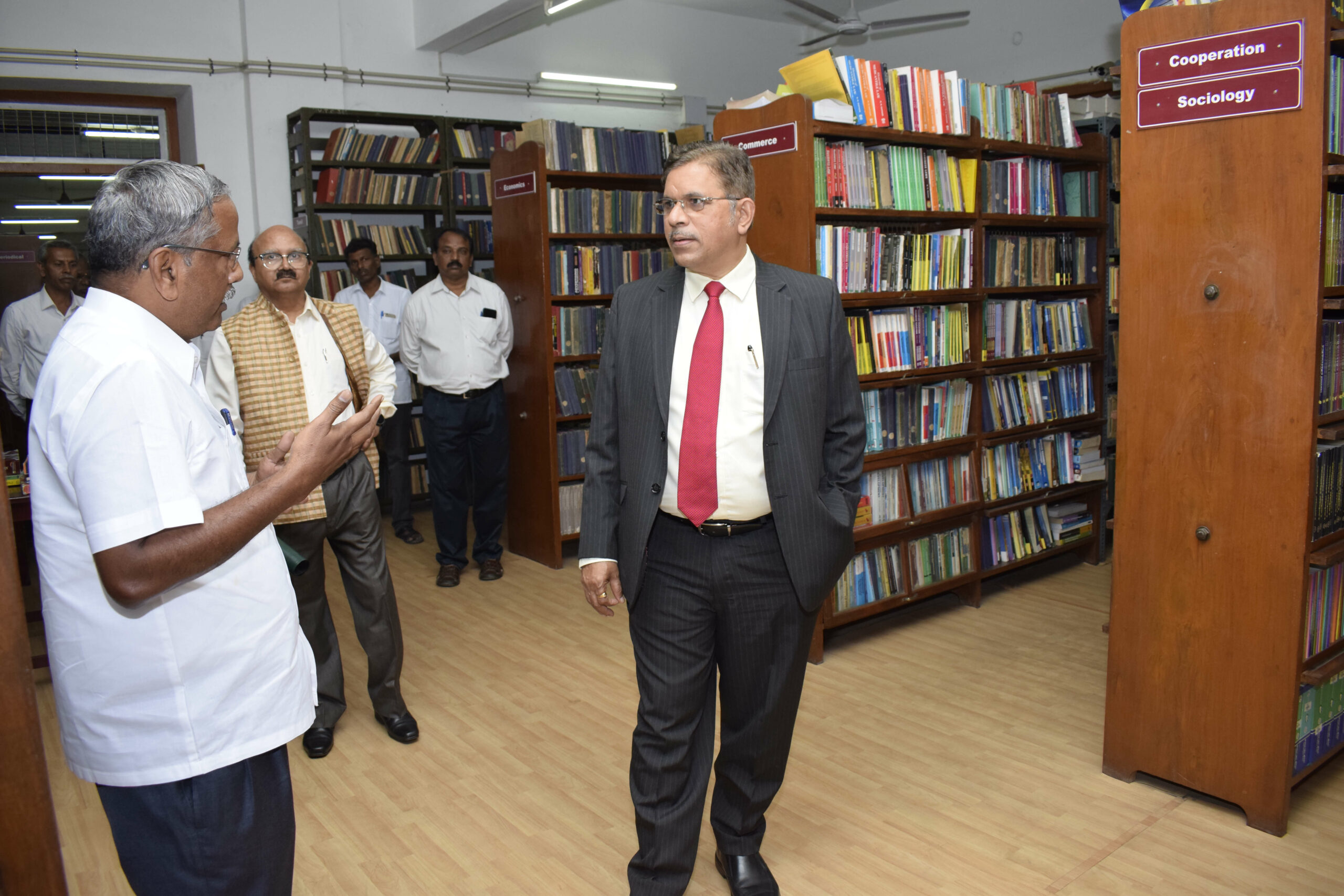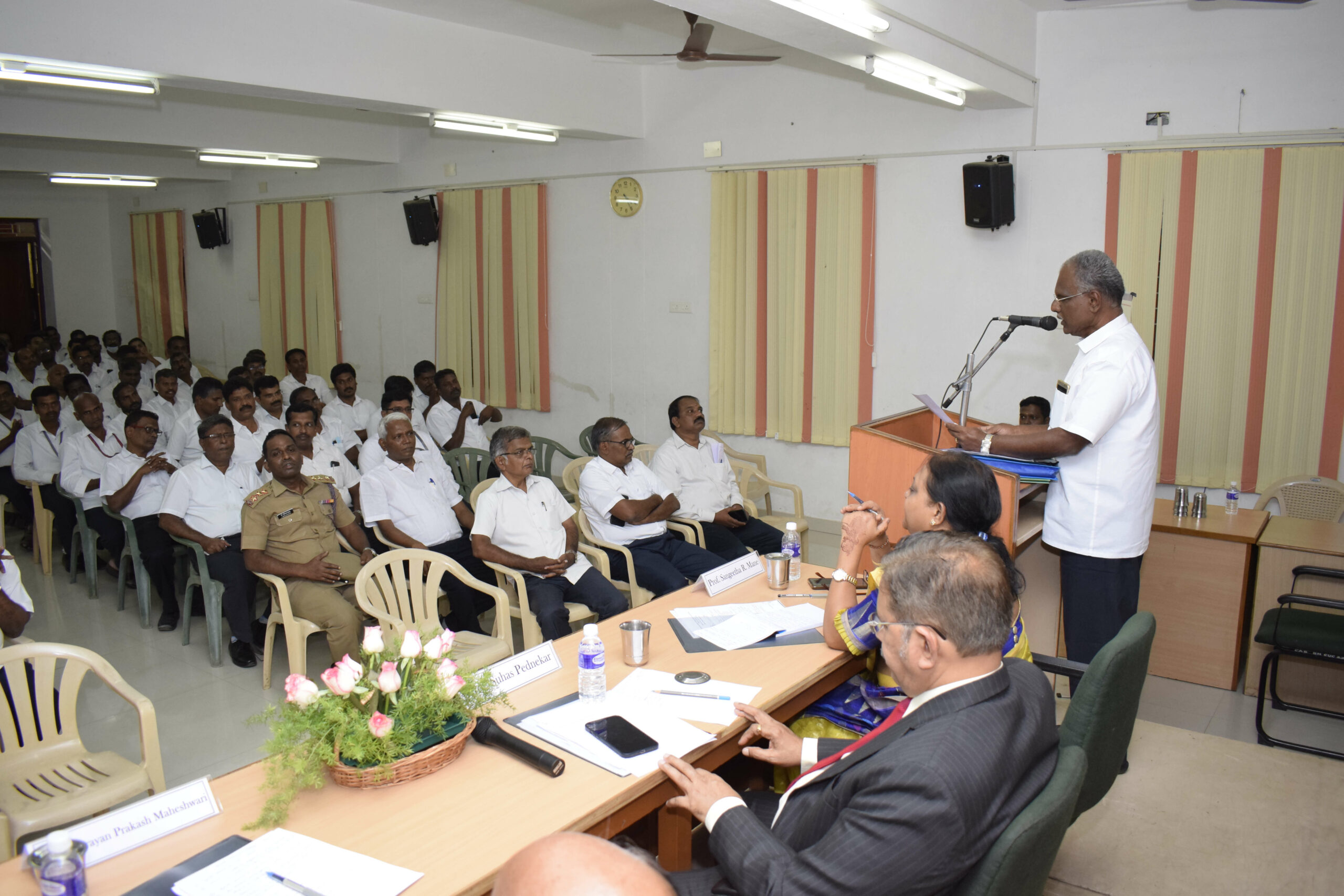Electrical Analysis
1. Dielectric analysis
The Hioki-3532 50 LCR Hi-tester instrument available at the Department of Physics can be used to examine the properties like inductance, capacitance and resistance with respect to frequency at different temperatures.
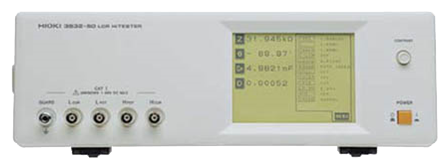 Hioki 3532-50 LCR Hitester
Hioki 3532-50 LCR Hitester
Specification of the instrument:
| Make | HIOKI LCR, Japan |
| Model | 3532-50LCR HiTESTER |
| Measurement frequency | 42 Hz to 5 MHz. |
| Measurement accuracy | ± 0.08% |
This instrument can be used to determine the following properties for solids and pellets samples.
- Dielectric constant
- Dielectric loss
- AC Conductivity
- Activation energy
- Polarization mechanism etc.
Variation of the Dielectric Constant in Alternating Fields: A dielectric becomes polarized in an electric field. The direction of the polarization will also switch to align with the new field. This cannot occur instantaneously: some time it occurs due to the movement of charges or rotation of dipoles. If the field is switched, there is a characteristic time called the relaxation time is required to induce an orientational polarization (or average dipole orientation). Typical relaxation times are ~10-11 s. Therefore, if the electric field switches the direction at a frequency higher than ~1011 Hz, the dipole orientation cannot ‘keep up’ with the alternating field, the polarization direction is unable to remain aligned with the field, and this polarization mechanism ceases to contribute to the polarization of the dielectric. In an alternating electric field both the ionic and the electronic polarization mechanisms can be thought of as driven damped harmonic oscillators (like a mass on a spring), and the frequency dependence is governed by resonance phenomena. This leads to peaks in a plot of dielectric constant versus frequency, at the resonant frequencies of the ionic and electronic polarization modes. A dip appears at frequencies just above each resonance peak, which is a general phenomenon of all damped resonance responses, corresponding to the response of the system being out of phase with the driving force. In this case, in the areas of the dips, the polarization lags behind the field. At higher frequencies the movement of charge cannot keep up with the alternating field, and the polarization mechanism ceases to contribute to the polarization of the dielectric.
As frequency increases, the material’s net polarization drops as each polarization mechanism ceases to contribute, and hence its dielectric constant drops.
About 1 mm thickness of non-explosive and non-corrosive solids/pellets is required for analysis.
2. I-V Characterization
Conductivity is the ability of a liquid, a solid or a gas (in brief, all materials) to pass an electric current. An electron has to be excited from the filled to an empty state above Fermi level to become free charge carrier. In metals, a large number of free valence electrons is available and they can be easily excited to the empty states due to their band structure. On the other hand, large excitation energy is needed to excite electrons in Insulators and semiconductors due the large band gap.
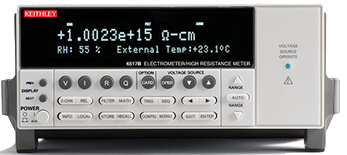
Keithley 6517B electrometer/High resistance meter
Specification of the instrument:
| Make | Keithley, Germany |
| Model | 6517B Electrometer/High Resistance Meter |
| Measurements Current | from 1fA to 20mA |
| Voltage | <20µV burden voltage on the lowest range |
| Resistance | from 50Ω to 1016 Ω |
| Charge | From 10fC to 2µC |
The Current-Voltage (I-V) characterization is a quick and inexpensive way of determining the conducting or semiconducting nature of materials through Keithley 6517B instrument.
The following properties of solids/pellets/thin films can be measured with Keithley instrument.
- DC Conductivity
- Resistivity
- Activation energy
- Charge transport mechanism etc.
About 1 mm thickness of non-explosive and non-corrosive solids/pellets and uniformly coated thin films is required for analysis.

